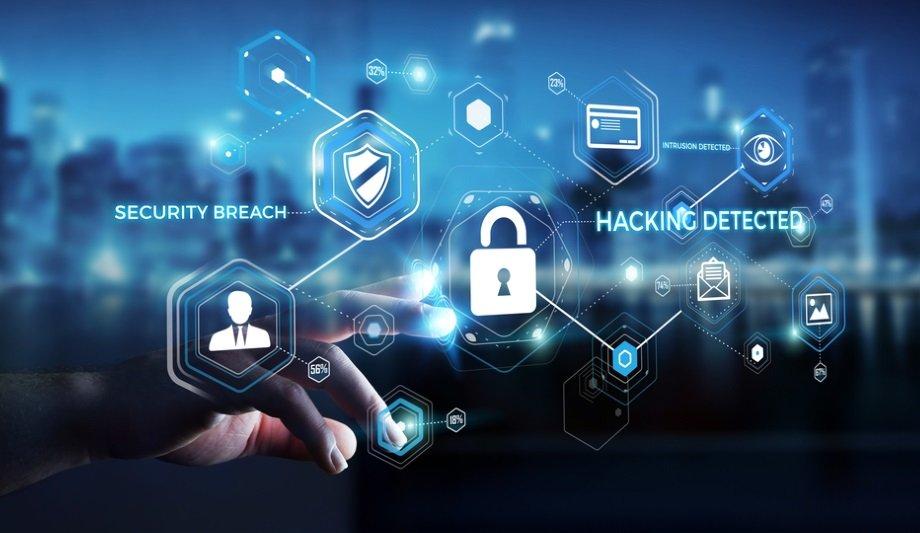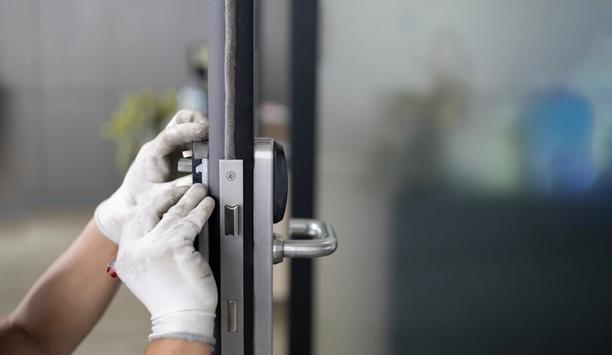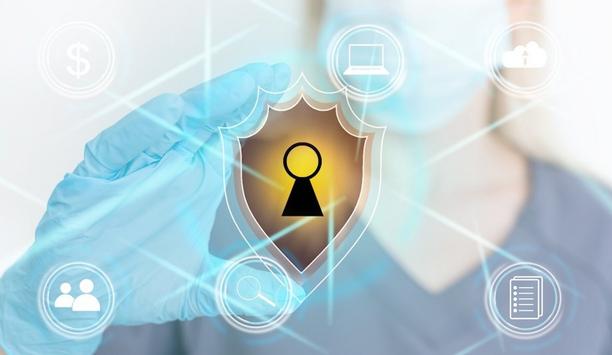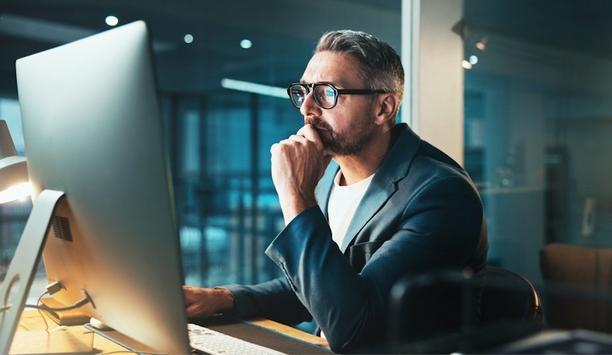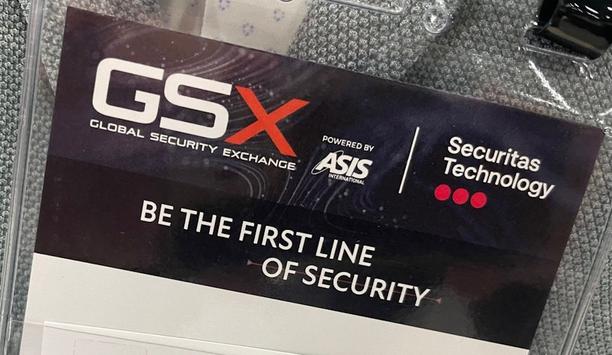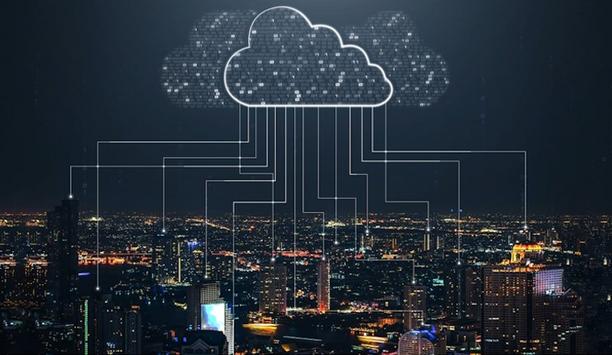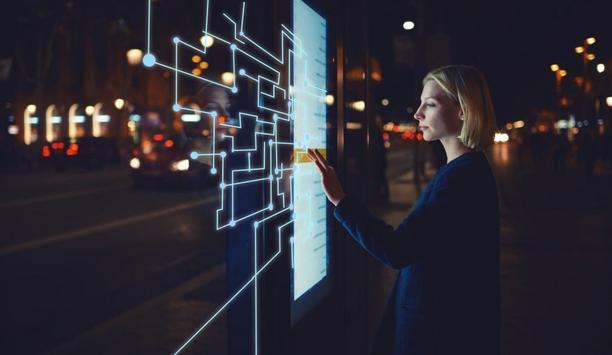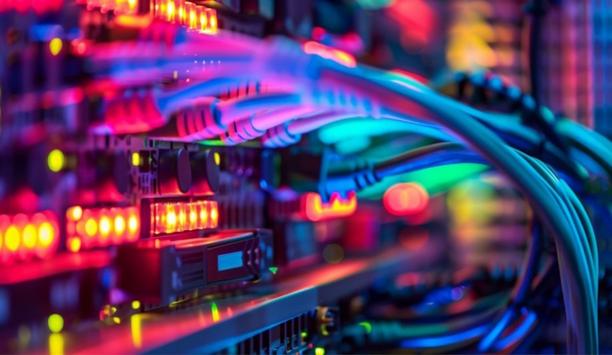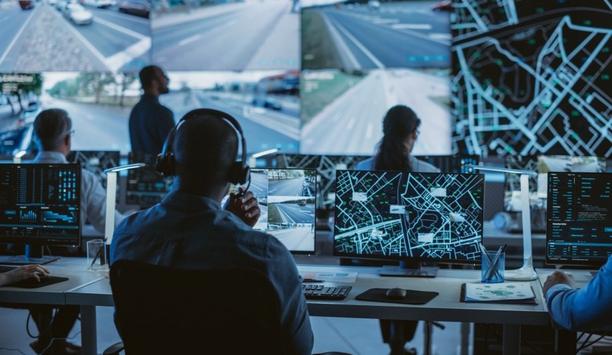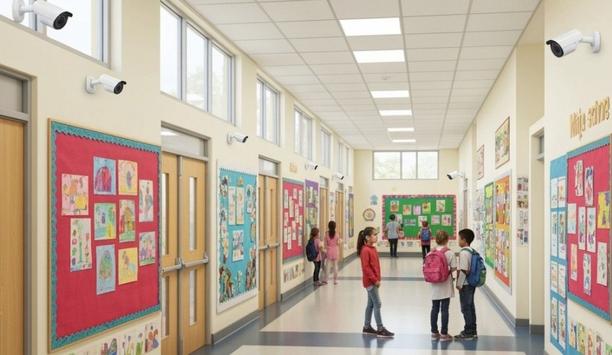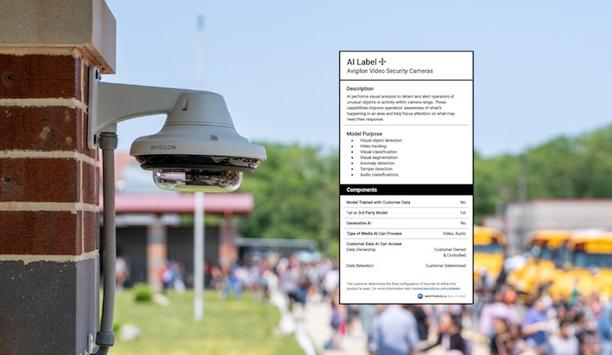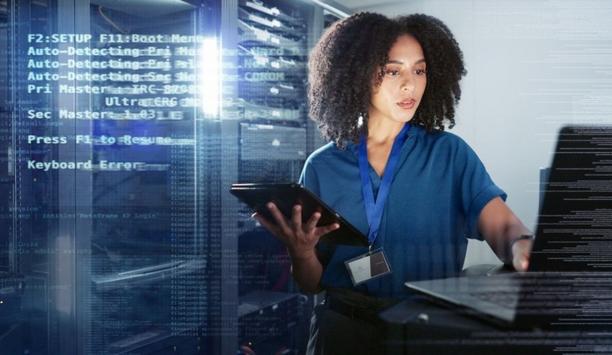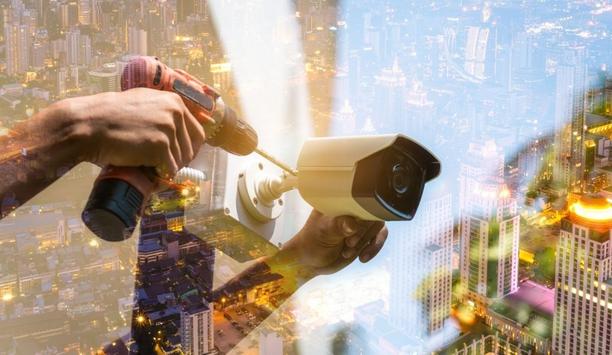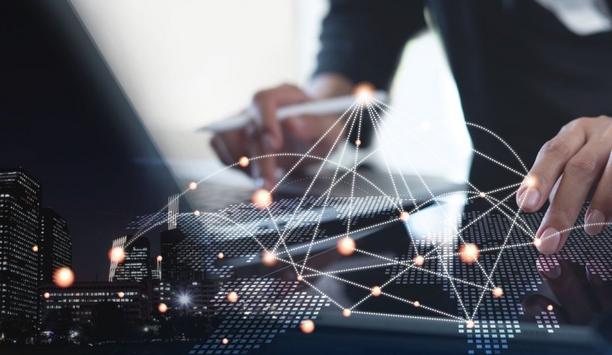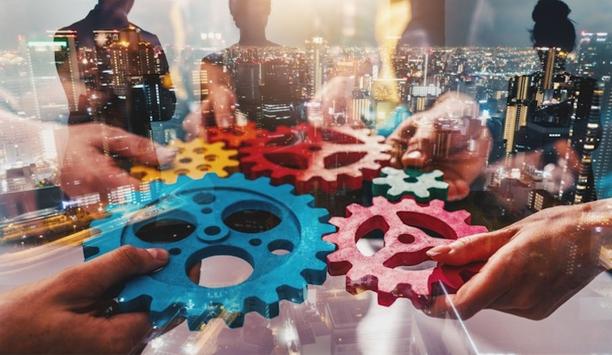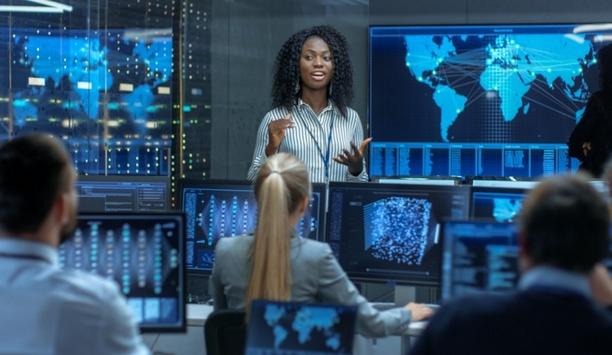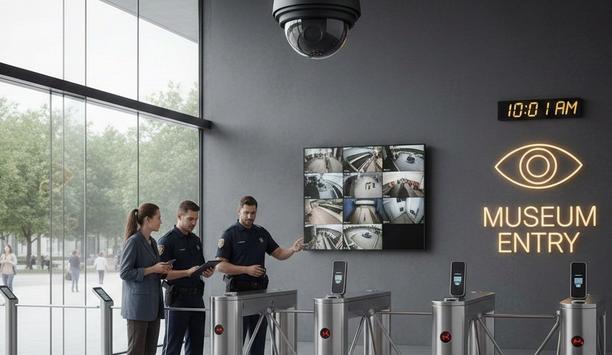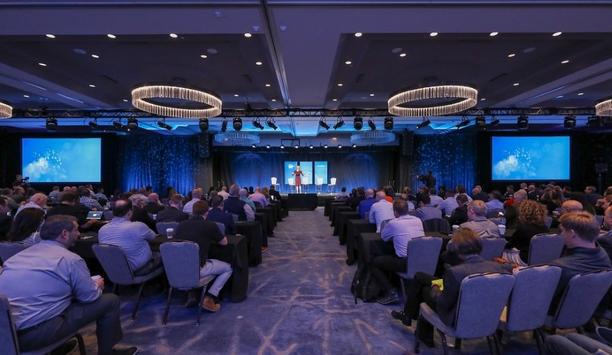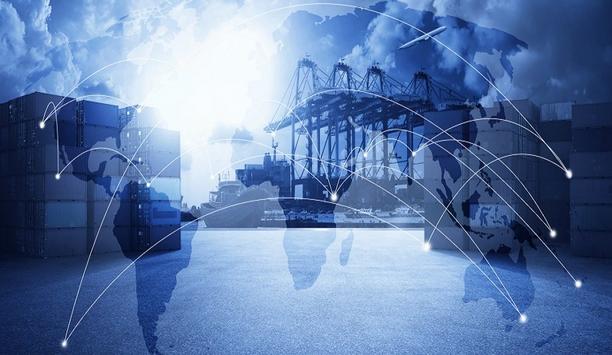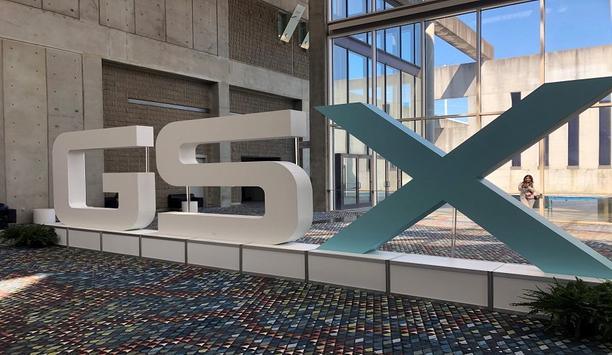Clean, safe mass transit systems benefit everyone. Today’s transit operators face tremendous challenges, including declining revenue due to work-from-home policies, concerns about disease prevention, and high crime environments.
Among these concerns, difficulty recruiting and retaining police resources has been exacerbated by the ongoing mental health crisis that disproportionately impacts public transportation networks.
Mass transit systems
Safe cities require an operational environment where people feel comfortable on mass transit. Sustainable cities are built upon the growth of mass transit systems. Safe cities and mass transit go hand-in-hand. The safety of an urban city is intrinsically linked to the safety of its mass transit systems.
Safe cities require an operational environment where people feel comfortable on mass transit
For additional insights into the security of transit systems, we spoke with Angela Osborne, Associate Vice President of Risk and Emergency Management Solutions at Guidepost Solutions, who specializes in emergency management planning, security risk assessments, and physical security assessments.
Q: How did the COVID pandemic impact the security of transit systems?
Angela Osborne: The pandemic had a profound impact on transit system security. Transit systems are already highly susceptible to crime prevention through environmental design (CTPED) issues. Facilities with poor maintenance, lack of active monitoring or incidence response, and low foot traffic all contribute to CTPED issues, and the pandemic only aggravated this.
Many regular commuters began remote work, thus leading to less use of transit facilities. Transit centers experienced an uptick in individuals engaging in drug activity, encampments, encounters with mentally disturbed persons, and opportunistic crime. As a result, individuals who maintained their commute became fearful due to safety and public health concerns.
Q: How do millions of employees returning to work (after working at home, for example) change the transit security challenges?
This has become a reason why individuals are resistant to returning to working onsite
Osborne: While employees returning to work has increased foot traffic and the use of transit has provided positive CPTED elements in terms of having additional eyes and ears around, many individuals are stepping back into a risk environment that has significantly changed since these systems were last widely used.
Due to the increase of illegal behavior in transit facilities, criminality has surged across numerous urban areas. Many returning transit users were not prepared to face these changes. This has become a reason why individuals are resistant to returning to working onsite.
Q: What role can employers play in keeping commuters safe as they return to the office?
Osborne: Organizations need to provide security awareness training focused on transit. At a minimum, they should share safety resources provided by transit authorities. In addition, harassment on transit systems is a persistent issue that should not be overlooked.
Organizations need to provide security awareness training focused on transit
Organizations cannot assume that everyone is familiar with these elements, taking into consideration that some individuals began employment at the organization during the pandemic or are recent graduates. Others may not have had to navigate transportation to the office in years. If an organization is requiring staff to come to an office, the organization should fulfill its duty by providing training and resources.
Q: What other current trends are impacting transit security -- for better or for worse?
Osborne: Transit systems are impacted by many serious trends. Transit is a target for terrorists and saboteurs due to the trends of cybersecurity attacks and active assailant targeting. We recently saw how a cyber sabotage event crippled train operations in Germany.
Whether the threat actor is a nation-state or non-state actor, many systems have significant cybersecurity vulnerabilities. As more individuals return to the office, more opportunities for targeting arise. In terms of physical threats, most transit systems are simply not equipped to conduct weapons screenings and have difficulty deterring weapons due to legal regulations.
Q: What is the biggest missed opportunity when it comes to transit security?
By incorporating AI features, systems can leverage an exceptions-based alerting system
Osborne: The biggest missed opportunity is leveraging artificial intelligence (AI) advancements for video surveillance. We tend to find that transit systems have a lot of cameras, but systems are rarely monitoring all cameras in real-time due to the high number of cameras present.
By incorporating AI features, systems can leverage an exceptions-based alerting system. Many existing cameras have some form of analytics present that can be leveraged to indicate a line cross and alert on motion; however, AI allows for a greater range of options to alert operators to issues.
Q: What is the role of technology to ensure a secure transit system? How well does technology, in general, address the need?
Osborne: Technology is an important element in securing a transit system. The current challenge is that the use of technology systems is used reactively rather than proactively. For instance, a video surveillance system is usually leveraged after an incident has taken place.
Integrating access control systems, intrusion detection, and alarms, and video surveillance can provide a much more proactive approach leading to faster detection or system alerts, enabling a safer and more accessible response. Technology can only accomplish this when paired with a response mechanism.
Q: How will the practice and impact of transit security change in the next 10 years?
One of the big factors will be the ability to recruit and retain transit police or supporting law enforcement
Osborne: Most transit systems will need to adapt to a hybrid work approach to right-size their operations and consider greater consolidation to make security resources more sustainable. One of the big factors will be the ability to recruit and retain transit police or supporting law enforcement.
This is a challenge for many urban departments and could continue to have ripple effects for mass transit. As more individuals use mass transit and return to some level of pre-pandemic life, people are likely to feel more comfortable on mass transit (pending no follow-on pandemics) with these safeguards in place.
Q: What else do transit security professionals need to know?
Osborne: I encourage all transit security systems to conduct a threat, risk, and vulnerability assessment to better understand the risk environment. Data is generated across these systems; however, it is often not being collected and leveraged to its fullest capacity to enable informed security and safety decisions.
I would also recommend that new transit systems consider full barriers to prevent individuals from deliberately jumping or accidentally falling onto tracks. Although retrofitting stations to include this is difficult, new build stations offer a good opportunity to incorporate safe and secure design from the start.
From facial recognition to LiDAR, explore the innovations redefining gaming surveillance

